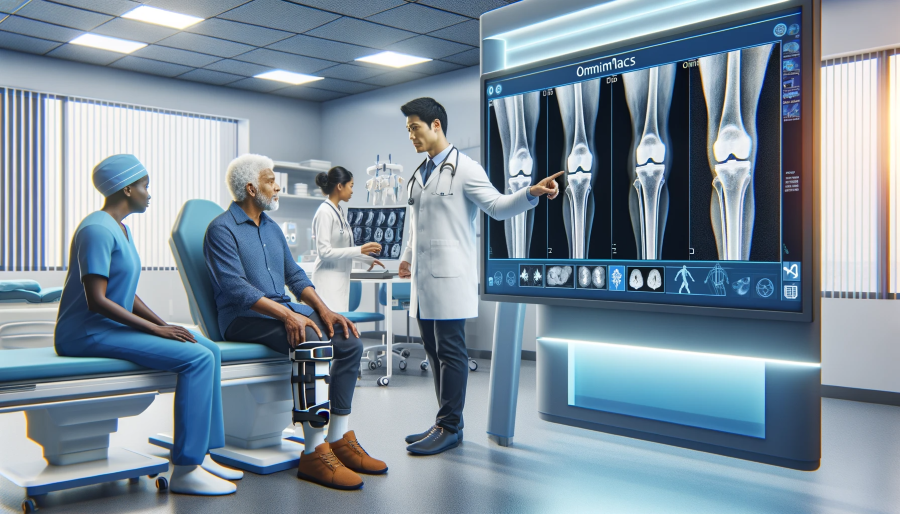In the dynamic world of orthopedics, where precision is paramount, the role of advanced imaging and cloud PACS cannot be overstated. From diagnosing complex conditions to planning intricate surgeries, the clarity and accessibility of imaging data directly impact patient outcomes and operational efficiency. However, traditional imaging methods, reliant on physical CDs and manual uploads, are fraught with delays and inaccuracies, posing significant challenges to orthopedic practitioners.
The Vital Role of Imaging in Orthopedics
Orthopedic care hinges on the ability to accurately assess and monitor musculoskeletal conditions. Imaging modalities like MRI, CT scans, and digital radiography are indispensable tools for diagnosing bone and joint issues, planning surgical interventions, and tracking postoperative recovery. Yet, the reliance on outdated methods often leads to extended patient wait times and potential errors in surgical planning, ultimately affecting the quality of care.
Overcoming Inefficiencies in Orthopedic Imaging
The traditional approach to managing imaging data in orthopedics is increasingly proving inadequate. The time-consuming process of handling physical CDs, coupled with the risk of data loss or corruption, can lead to critical delays. Moreover, manual data entry and transfer are prone to errors, which can have dire consequences in surgical planning and patient care.
OmniPACS: A Leap Forward in Orthopedic Imaging
Enter OmniPACS – a cloud-based imaging solution designed to revolutionize orthopedic care. OmniPACS eliminates the need for physical storage media, offering swift, secure, and remote access to imaging data. Its compatibility with a range of modalities, from high-field MRI to 3D mammography, ensures comprehensive imaging capabilities essential for orthopedic diagnostics and surgical planning.
Case Studies: Enhancing Surgical Outcomes with OmniPACS
Consider the case of a spine center that integrated OmniPACS into its workflow. The center reported a significant reduction in diagnostic turnaround times, leading to quicker surgical interventions and enhanced patient satisfaction. Another example is an orthopedic clinic specializing in sports injuries, where the use of OmniPACS facilitated immediate access to imaging data, enabling timely decisions and personalized patient care.
Integrating Cutting-Edge Modalities for Comprehensive Care
OmniPACS’s versatility extends to its seamless integration with various imaging modalities. In orthopedics, where detailed imaging is crucial, OmniPACS supports everything from detailed joint imaging using MRI to bone density assessments via CT scans. This integration ensures that orthopedic practitioners have the most detailed and accurate imaging data at their fingertips, enabling precise diagnoses and effective treatment plans.
Future-Proofing Orthopedic Practices with OmniPACS
Looking ahead, OmniPACS is not just a solution for today but a gateway to the future of orthopedic imaging. Its cloud-based architecture is primed for integration with emerging technologies like AI and machine learning, paving the way for even more advanced diagnostic and planning tools. The system’s continuous updates and enhancements mean that orthopedic practices can stay at the forefront of medical imaging technology.
Conclusion
Looking ahead, OmniPACS is not just a solution for today but a gateway to the future of orthopedic imaging. Its cloud-based architecture is primed for integration with emerging technologies like AI and machine learning, paving the way for even more advanced diagnostic and planning tools. The system’s continuous updates and enhancements mean that orthopedic practices can stay at the forefront of medical imaging technology.
Signup: Free Trial



